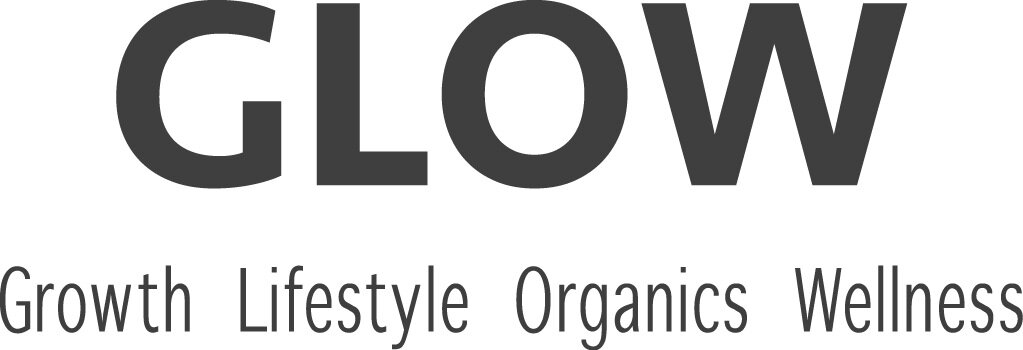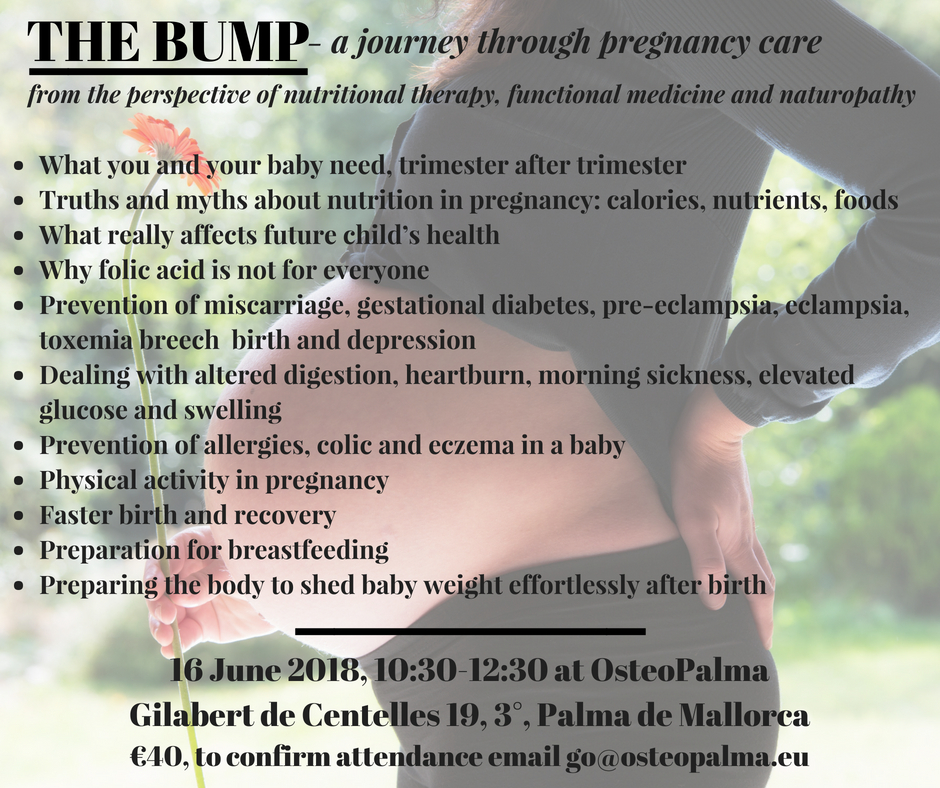Functional approach to cognitive decline (brain neurodegeneration)
The 21st of September was word’s Alzheimer’s day, a form of incurable neurodegeneration. But what happens before one develops a condition that cannot be reversed? The gray area between subtle mental decline and receiving a diagnosis is where prevention takes place.
We live in a toxic world, leading fast paced lives. As a result, all of us deal with neurodegeneration to some degree. Symptoms can be confused with natural ageing or blamed for having ‘too much on’ so it’s easy to ignore them, especially that the brain can send non-specific signals. We also live in a world of lifestyle diseases, and all chronic health conditions eventually result in neurodegeneration because disease is a matter of the whole body.
DEFINITION, SIGNS AND SYMPTOMS
Neurodegeneration is the progressive loss of structure or function of neurons (nerve cells), leading to their death. For most people, advanced stages of neurodegeneration like Alzheimer’s are irrelevant. Yet, the symptoms of diminished brain function are experienced by many on a daily basis and are often neglected. They include:
Failing memory (where have I put my keys / phone? what was I looking for?)
Inability to focus / concentrate
Brain fog
Difficulty retaining new information
Poor spacial orientation or sense of direction
Lack of motivation
Brain fatigue – falling asleep while watching TV, reading, engaging in conversations or any mental work
Depression, lack of enjoyment
Anxiety
Inability to relax, disorganised attention
Inability to fall asleep in the evening and get up in the morning
Constant need for stimulation: music, caffeine, company of other people
CAUSES
Neurodegeneration can be considered brain inflammation. Once initiated, the inflammatory cascade in the brain is difficult to control. Glial cells, the immune cells of the brain, should normally only gobble up debris but under certain conditions, they ‘digest’ healthy brain cells as part of the inflammatory process. Inflammation is body’s defense and repair mechanism, therefore it’s not the inflammation itself but its cause that requires addressing. Some of these include:
Brain injury: concussion, falls, bangs – even the ones you may have forgotten
Gut-brain axis dysfunction: poor digestion, detoxification, gut dysbiosis and the ‘leaky gut’ can lead to the ‘leaky brain’ where the toxic flow from the gut (e.g. undigested proteins or pathogenic toxins) affects brain function
Cross-reactivity of own tissues with harmful agents (i.e. autoimmunity): antigens tagged by the immune system as harmful, e.g. gluten, virus or gut pathogens, can trigger brain autoimmunity because they share a similar protein sequence with the brain. In other words, when the immune system attacks the invader, it can mistakenly attack the brain at the same time. People usually develop multiple autoimmune conditions at once and it’s very common to see advanced neurodegeneration in people with Hashimoto’s thyroditis
Poor oxygen flow to the brain: anaemia, injury, lack of physical activity (cold hands and feet or snoring are a signs of impaired brain oxygenation)
Heavy metal toxicity, e.g. mercury, aluminium, high copper and low zinc: chronic exposure to metals, impaired detoxification and the lack of beneficial microbes that support heavy metal detoxification may cause their accumulation in the brain
Stress and high cortisol levels: these damage temporal lobes of the brain, which decreases the ability to dampen stress and causes further damage to the area.
Lack of sleep: the body regenerates while we sleep, and the brain especially loves a break. Inability to sleep can be caused by blood sugar imbalances, high cortisol in the evening and lack of natural light exposure during the day – all of which affect melatonin production. Melatonin has strong anti-inflammatory properties. Also, lack of sleep due to social factors or lifestyle demands (e.g. long working hours) will eventually disrupt the circadian rhythm which will further negatively affect cortisol cycle
Diet rich in carbohydrates: the brain can become insulin resistant like any other tissue. Too much circulating glucose and insulin are damaging to neurons. Unstable blood glucose levels also negatively affect neurotransmitter production
Nutrient deficiencies: amino acids due to improper protein digestion and absorption, essential fats, fat soluble vitamins A and D, B vitamins, zinc, betaine, choline
Defective DNA methylation: the genetic code doesn’t define our destiny. Rather, it’s the environment that influences genetic expression which is called ‘epigenetics’. Methylation is one of such epigenetic factors. When impaired (which depends on nutrient status and absence of candida), it can impact the expression of neurodegenerative diseases like Alzheimer’s, Parkinson’s, Huntington's disease and amyotrophic lateral sclerosis (ALS)
Hormonal imbalance: oestradiol, which is an oestrogen steroid hormone, has brain protective properties. Women who are low in oestradiol are at a greater risk of neurodegeneration. Menopause is can certainly be a factor but hormonal imbalances are common with young women
WHAT TO DO
Neurodegeneration requires a holistic approach. Thorough health history gathering, symptom analysis, observation of physical reflexes and functional diagnostics are invaluable tools for personalising the therapy. Nevertheless, it’s often the basic dietary and lifestyle changes that can bring profound effects, before moving on to removing entire food groups and diving into the sea of isolated nutritional compounds, not to mention medication.
It’s always tricky to give recommendations for a wide audience because everyone is different. While someone may benefit from antioxidants, others may need to improve fat absorption or go on a proper elimination diet. Blood sugar imbalances and gut dysfunction are always central to brain supporting nutritional therapy and require an individual approach.
Nevertheless, the below are generally associated with improved brain function:
Fat, cholesterol: the brain is the hungriest organ, and its most efficient fuel source is fat which burns slowly, providing sustainable energy. Cholesterol is a powerful antioxidant and is an important component of the myelin sheath that protects nerves
Essential fatty acids:
Omega 3 (specifically DHA): oily fish like sardines, salmon, herring, anchovies, mackerel, sprats, meats from grass fed animals, egg yolks from free range birds
Arachidonic acid, especially in conjunction with vit A and D: animal fats in general, organ meats, butter, eggs
Choline: eggs from free range chickens, liver, full fat quality cheeses
Antioxidants: a rainbow of seasonal vegetables, fruit, organic dry red wine, cold pressed olive oil, vitamin D, turmeric
Fermented foods: olives, cured hams, fermented dairy (yoghurt, kefir, cheese), vegetables (sauerkraut, kimchi, gherkins, natto, tempeh)
Prebiotics (food for gut microbes): best sources incude resistant starch (e.g. cooked and chilled potatoes or white rice, like in a potato salad or sushi), vegetable fibre
Sleep: while it can be challenging to sleep when you have other commitments, at least do your best when you’re able to. Sleep is such a given that it’s often underestimated, and yet one of the most powerful healing aids. Whenever you can, do your brain a favour and go to bed by 23:00. Inability to sleep is a separate matter altogether that needs addressing
Outdoor physical activity: hiking, walking, swimming in natural waters, cycling, walking barefoot, yoga outside
Mental stimulation: key for brain plasticity. One of the most effective strategies is practicing what you’re not good at, for example languages or reading maps
On the contrary, pro-inflammatory foods and lifestyle are a significant driver behind mental decline and are best to be avoided. They include:
Anything your body reacts to: it can even be anything from the above food list, and may not give you any digestive symptoms. Food reactions can be just as much ‘mental’ as physical. This is why the ‘one size fits all’ approach doesn’t work
Sugar and glucose syrup: present in most processed foods, even those where they’re least expected (e.g. pesto or pate). A diet rich in sugar or carbohydrates in general can cause reactive hypoglycaemia and / or insulin resistance – either state is undesirable for the brain
Industrial vegetable oils, e.g. sunflower or rapeseed oil that is not cold pressed and kept in the fridge
Commercial cow’s milk, cream, ice cream: ultra pasteurisation renders milk pro-inflammatory and allergenic. It is best to stick to fermented and aged cow’s dairy or get raw, unhomogenised milk
Wheat: gluten and glyphosate are common neurotoxins. For baked goods, it is best to shop in traditional and artisan bakeries, preferably for leavened bread
Working hard, playing hard: constant brain stimulation is a major stressor, especially with concomitant diet that is poor in the essential nutrients and fuel
There is also a wide range of brain supporting botanicals and supplements:
gingko biloba
huperzine
galantamine
vinpocetine
SAMe
TMG
B vitamins (esp. Folate, B12, B6 and B2)
phosphatidyl serine
fish oils (DHA)
cod liver oil (vit A and D plus DHA)
Udo’s oil (GLA)
zinc
antoixidants, e.g. curcumin, resveratrol, vit D
Always consult a professional for possible interactions, and get your individual needs assessed.















